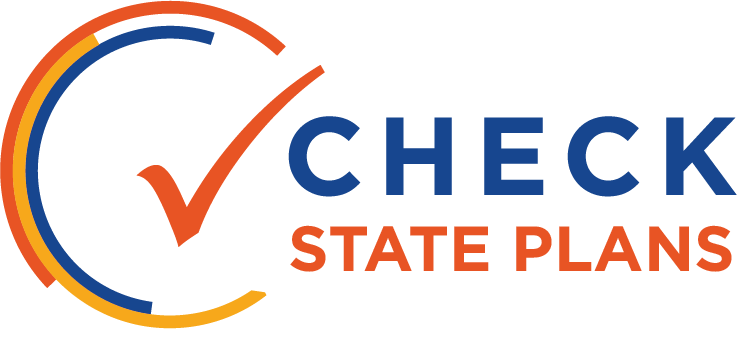
INDICATORS

West Virginia created an accountability system that rewards student performance across a range of indicators: performance in mathematics and English Language Arts, student growth in both subjects, English language proficiency, attendance, and out-of-school suspensions.
Elementary and middle schools will be assessed based on all of these indicators. These indicators also apply to high schools, except for student growth, plus graduation rates, a measure of on-track to graduation, and postsecondary achievement.
Although each indicator is weighted equally, West Virginia argues it is ultimately prioritizing academics since there are more academic performance indicators.
The state should be commended for including suspension and attendance rates in its accountability system.
The indicator builds on West Virginia’s past work tracking and monitoring the ABCs—attendance, behavior, and credits. It has an established and successful early warning system that has helped it raise graduation rates to an all-time high. It will continue to use these student success indicators as part of its new accountability model.
There are some issues with this indicator due to how the state awards points.
The attendance measure calculates the percentage of students in all grades K-12 attending at least 90 percent of instructional days. However, this measure exempts absences due to out-of-school suspensions—a significant weakness in the indicator. The behavior measure is based on the percentage of a school’s enrollment that received zero out-of-school suspensions. Although this is a good start, the measures could still have serious unintended consequences, such as pushing schools to use other exclusionary discipline practices instead of out-of-school suspensions.
At the high school level, the progress indicator measures the percentage of students who are on track to graduate and the percentage who have earned postsecondary credits.
The on-track to graduate indicator is based on the percentage of students in ninth and 10th grade who earned at least six credits per year. It is also based on the percentage of ninth and 10th graders earning at least one credit in each of the four primary content areas: English, mathematics, science, and social studies.
The postsecondary achievement measure is based on the percentage of students achieving college readiness on one or more Advanced Placement or International Baccalaureate exams, the completion of a credit-bearing college course with at least a “C” average, or completing four of the required courses in a West Virginia State Approved Occupational Career Technical Education program of study. This is an effective approach to measuring students’ progress early in their high school careers to help keep them on track, as well as to assessing both college and career readiness.
West Virginia includes both the four-year and the five-year adjusted cohort graduation rate.
The plan would be strengthened, however, if it gave greater weight to the four-year rate than to the five-year rate. Currently they are weighted equally.
West Virginia completely removes academic achievement as a metric in a K-12 school accountability rating.
The state does not appear to address how it will calculate performance and hold accountable other unique grade configurations of schools.
 OVERVIEW
OVERVIEW




